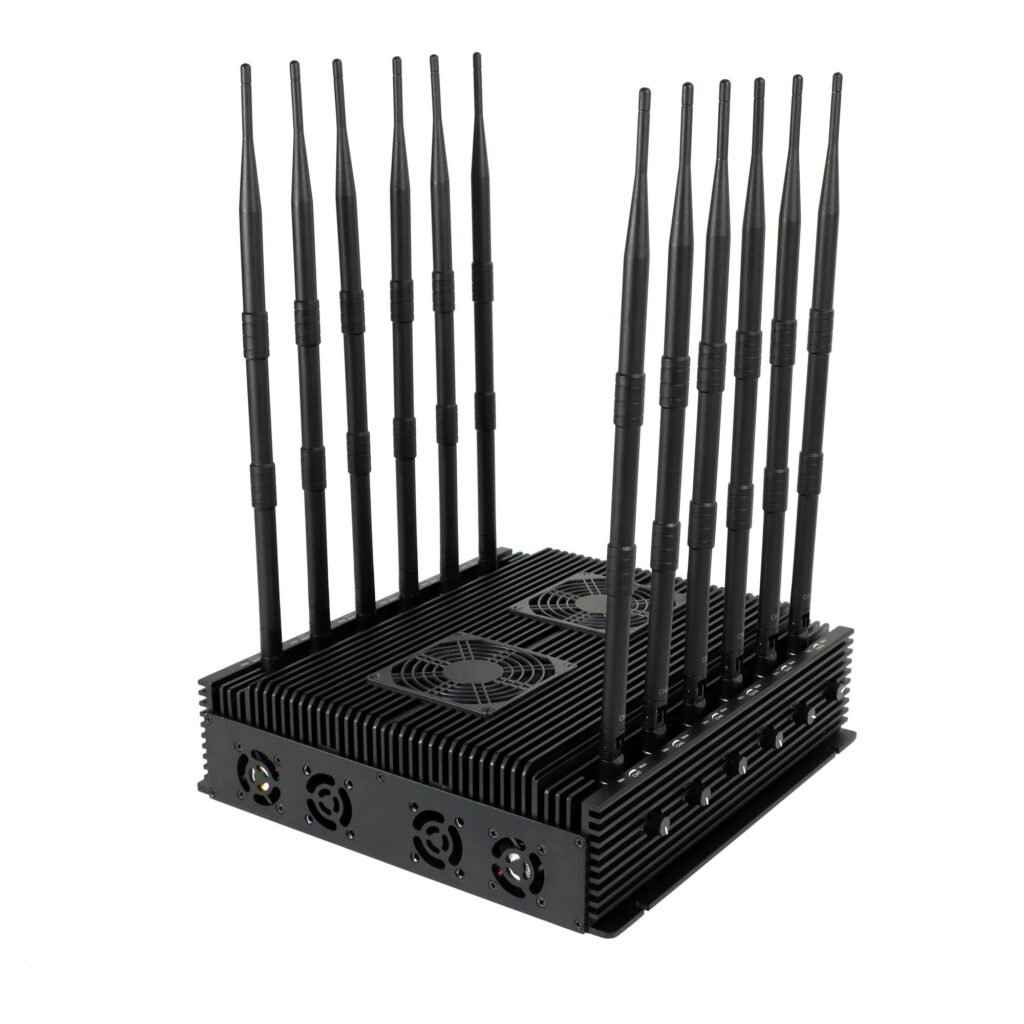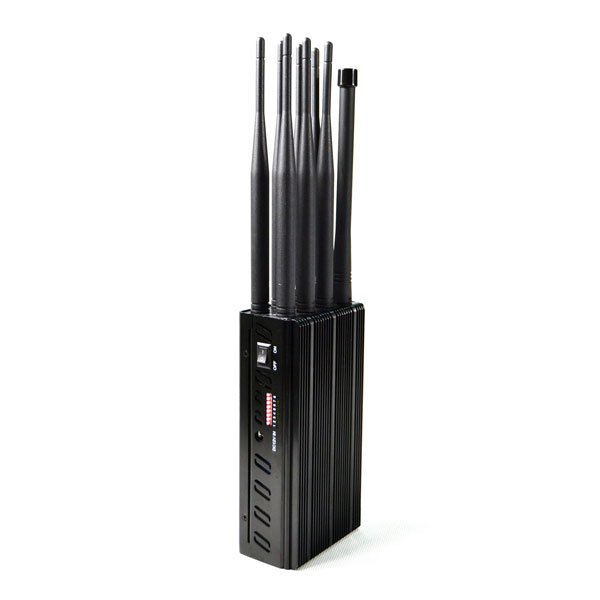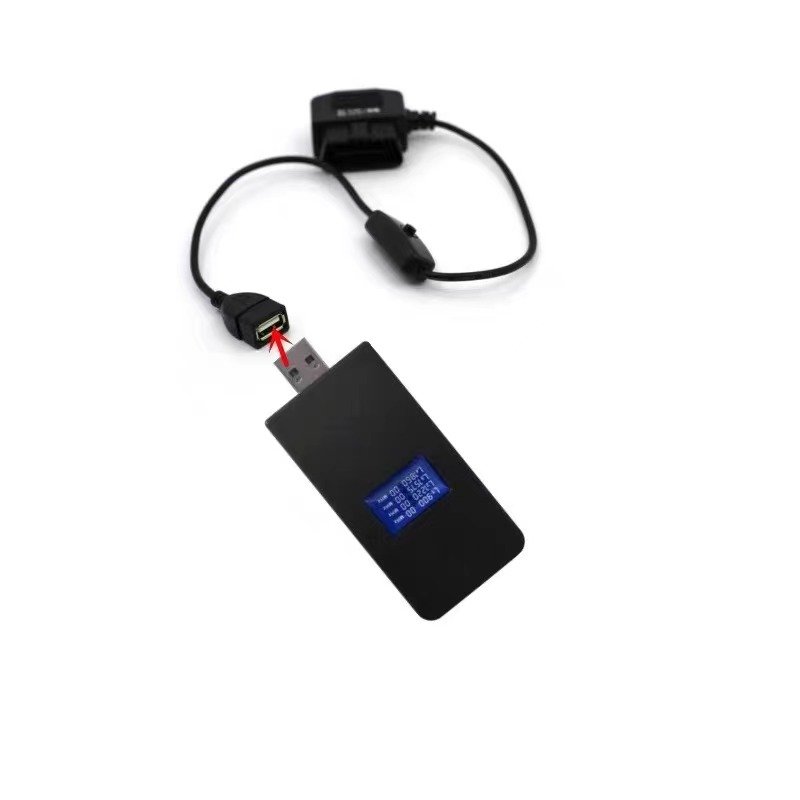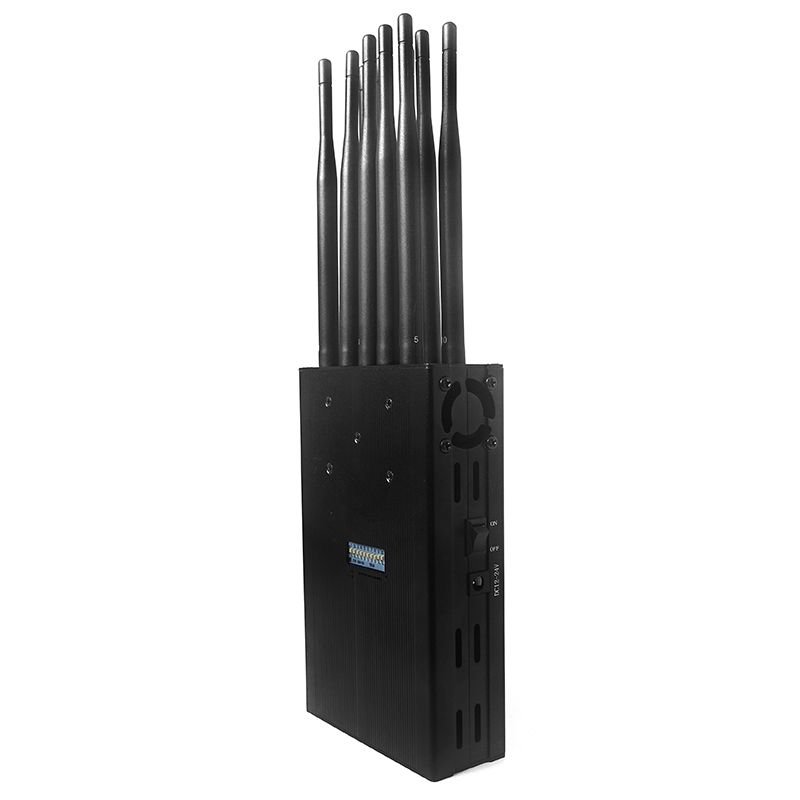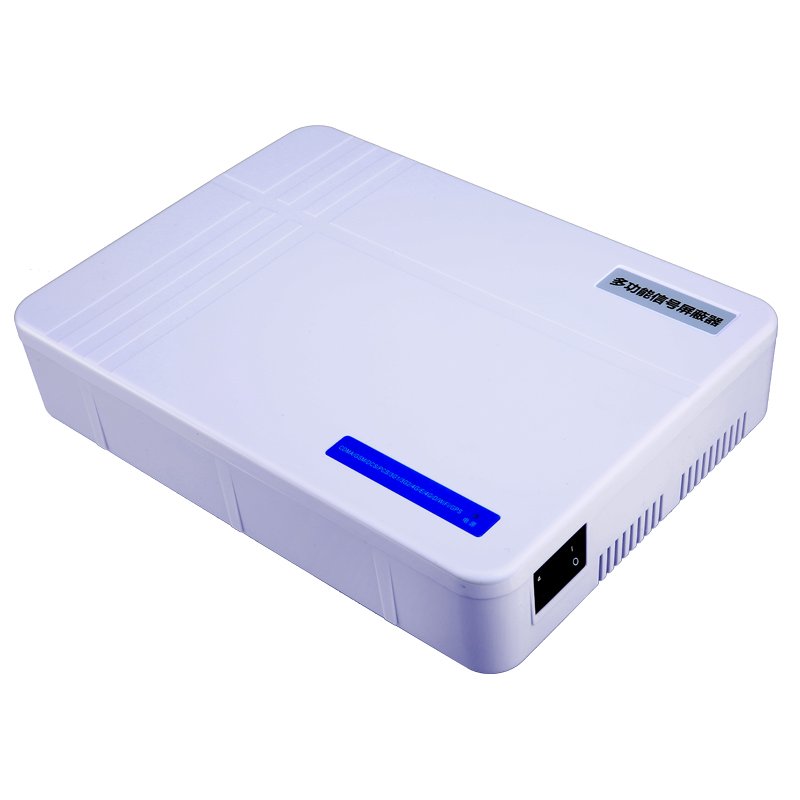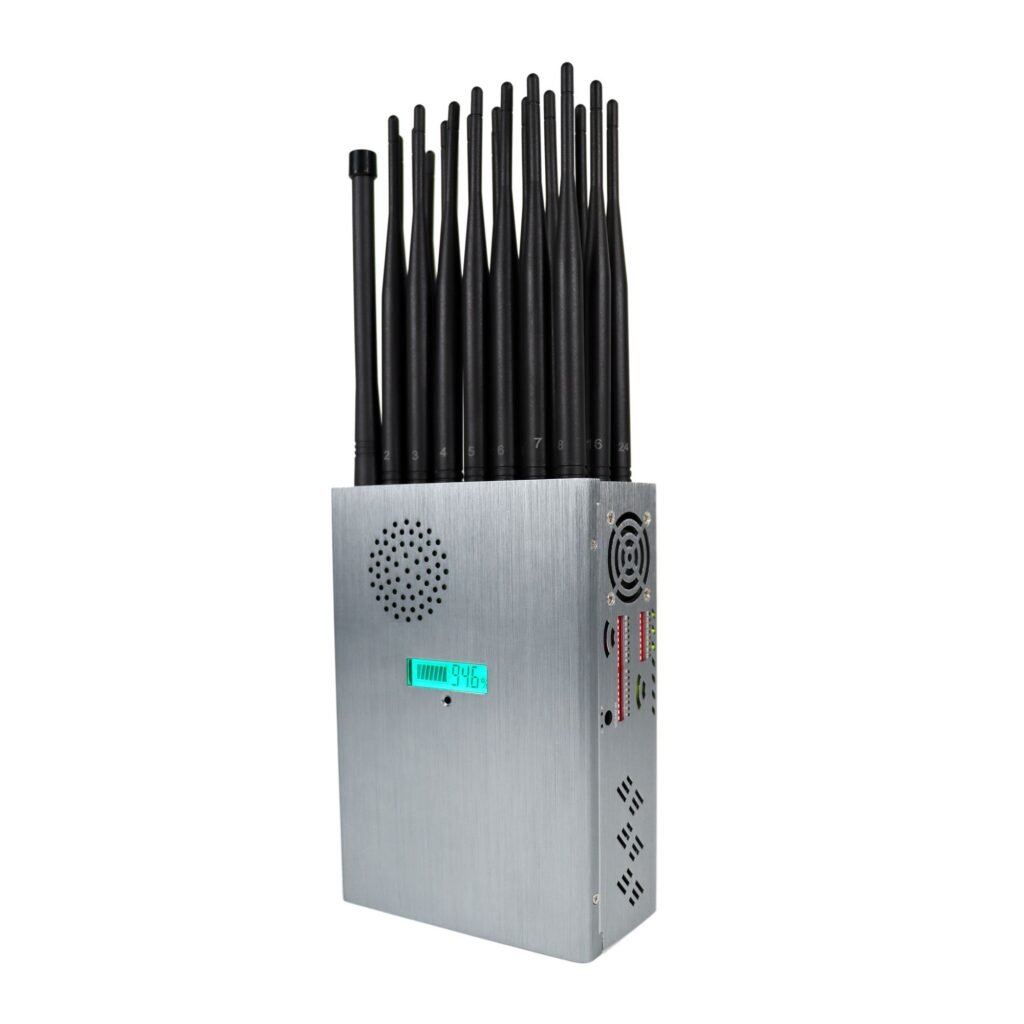In the previous article "How to choose a jammer? Best analysis", I conducted a detailed analysis on the purchase of a jammer and analyzed 9 factors to consider when purchasing a jammer, including output power and power supply method. In this article, I will use some examples to analyze in detail the scenarios for purchasing jammers and the devices I recommend for the corresponding usage scenarios.
How can I protect my privacy from microphones (eavesdroppers)?
The case analyses in this article are all based on the cases of my real clients. I have written this content as case analyses in articles mainly to help more people protect their privacy from being violated by microphones (wiretaps).
Let's now analyze the signal frequencies commonly used by microphones. The signal frequency band of a microphone depends on the type of microphone used and how it works. The following is a list of common microphone types and the signal frequency bands they use:
Wireless microphone
Wireless microphones transmit audio signals via radio waves. The usual signal frequency bands include
- VHF band (Very High Frequency):
Range: 174 MHz - 216 MHz
Features: Low cost, but weak interference suppression capability and easily influenced by other devices. - UHF band (Ultra High Frequency):
Range: 470 MHz - 698 MHz (the exact range may vary due to different signal standards in different regions)
Features: Higher signal stability, strong anti-interference ability, suitable for professional occasions. - 2.4 GHz frequency band:
Range: 2.4 GHz - 2.483 GHz
Functions: Uses the same frequency band as WLAN and Bluetooth devices and can therefore be used worldwide without any problems. However, signal interference may occur due to overloaded frequency bands. - 5 GHz band (less frequently used):
Range: 5.15 GHz - 5.85 GHz
Features: Provides higher bandwidth and better signal quality, but has weaker penetration capability and is suitable for use over short distances.
Microphone in a listening device
A bug or hidden microphone usually transmits the detected sound via radio signal. Commonly used signal frequency bands include:
- UHF band:
Range: 300 MHz - 500 MHz
Features: Long transmission distance, strong signal penetration, suitable for concealed applications. - GSM frequency bands (used for mobile networks):
Range: 850 MHz / 900 MHz / 1800 MHz / 1900 MHz
Functions: Audio is transmitted via the GSM network and can be monitored remotely. - WLAN frequency band:
Range: 2.4 GHz or 5 GHz
Functions: Uses Wi-Fi networks for audio transmission, normally used in conjunction with smart devices.
If you are concerned about the threat of eavesdropping devices, you can jam common eavesdropping bands (such as VHF, UHF, GSM and WLAN) with jammers or use signal detectors to detect hidden devices.
Based on our analysis of the above signal, I will now recommend the appropriate jammer. Some of our customers may not be familiar with signal frequencies. For example, VHF can be jammed with one antenna, UHF can also be jammed with one antenna, but GSM signals must be jammed with 2 antennas. Wi-Fi includes 2.4 GHz, 5.2 GHz and 5.8 GHz, so three antennas are used to jam Wi-Fi signals. So you can see that one type of signal can correspond to several frequencies.
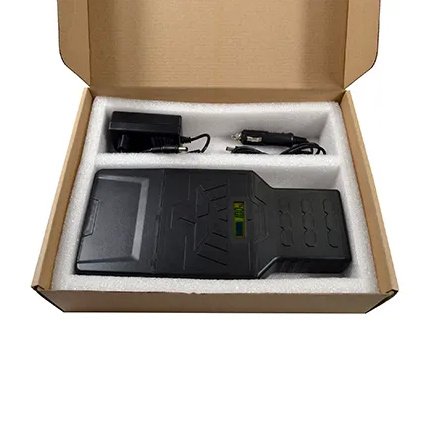
If you want to jam the signal of a microphone (eavesdropping device), you must purchase at least an 8-band jammer. If you also want to increase the signal jamming strength on certain frequencies, you need to buy a jammer with multiple antennas. If you want to buy a portable device, I recommend the portable jammers SDP16KV and SDP24HD. As a desktop jammer I recommend SDP1602DT and SDP16DT. If you need improved jamming capabilities on a specific frequency, they also have antennas that can be fitted with the necessary components. Of course, you can also choose our other jammers for personalization.
How can I protect my vehicle and my privacy from being tracked by LoJack and GPS tracking devices?
You can find more information on jamming GPS trackers in my previous articles "To block the GPS tracking of your vehicle" and "Are GPS jammers effective against trackers?" read more. The LoJack tracking system and the GPS tracker have similarities and differences. Here we will mainly analyze how to disrupt the LoJack tracking system.
The LoJack signal is a radio signal technology used for vehicle tracking. The radio frequency used by the LoJack signal can penetrate underground parking lots, garages and other obstacles so that the signal can still be tracked even if the vehicle is hidden in a concealed location. The LoJack signal works using proprietary radio frequencies (such as 173.075 MHz) and, unlike GPS, does not rely on satellites or the internet. By using radio signals, the device can be used effectively in places such as underground and tunnels where GPS signals are weak or non-existent. After reading up on LoJack signals, you will realize that in many places where the GPS signal is weak, there may be strong LoJack signals.
If you need to jam GPS and LoJack signals, you can use the SDP08HD but the SDP08HD is a portable jammer and its output power is certainly not as high as that of a desktop jammer. You can also choose other jammers or opt for SDP10DT and contact us. SDP10DT into a GPS and LoJack jammer. If you do not want to make any adjustments, you can also use a high-performance desktop jammer such as the SDP16DT choose. We have many other portable and desktop jammers that can interfere with GPS and LoJack signals. You can find the specifications on the product detail pages.
How do I protect my car from micro cameras?
Just like my analysis above on jamming microphones (eavesdropping devices) for privacy, you need to understand what signal frequency the micro camera you want to jam is using.
If you are familiar with micro cameras, you know that most of them use Wi-Fi signals and cell phone signals to transmit data. Most cameras still use Wi-Fi 2.4 GHz signals and GSM, 3G 4G cell phone signals. There are also some high-end devices that use Wi-Fi 5.2 GHz, Wi-Fi 5.8 GHz and 5G signals to transmit signals. However, since the popularity of Wi-Fi 5.2 GHz, Wi-Fi 5.8 GHz and 5G signals is not as good as that of Wi-Fi 2.4 GHz signals and GSM, 3G 4G cell phone signals, most cameras still use Wi-Fi 2.4 GHz signals and GSM, 3G 4G cell phone signals.
You still need to analyze according to your actual situation. According to my signal frequency analysis above, I recommend SDP10DT. If you need to buy a portable jammer, I recommend you to choose a jammer with more than 12 antennas, because a jammer with fewer antennas will not have enough antennas to jam these WiFi signals and cell phone signals. If you want the portable jammer you buy to jam all signals such as WLAN 2.4 GHz, WLAN 5.2 GHz, WLAN 5.8 GHz, 2G, 3G 4G 5G cell phone signals, you need to buy a jammer with more than 16 antennas.
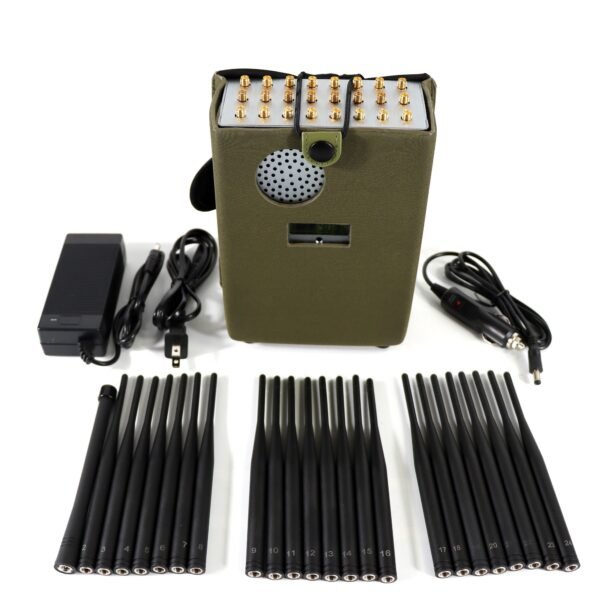
How do I test the telephone dialler on my alarm system?
If you want to test the performance of your alarm system's telephone dialer, particularly its ability to transmit data to and from a central monitoring station, you will need to select a suitable signal jammer. Before making a selection, you first need to know what transmission frequency your emergency dialer uses. This step is crucial as different jammers interfere with different signal frequencies.
Common frequency ranges and recommended equipment
1. many of our customers use GSM frequency dialers (low/high RF)
If your alarm system dialer transmits via GSM signals (such as the common 900 MHz or 1800 MHz), it is advisable to select a GSM signal jammer with high output power.
Recommended device: SDP04KV
[Note] If you think that the output power of SDP04KV is not sufficient, you can also use SDP10HD buy. If you want a higher output power than SDP10HD, you need to buy a desktop jammer.
2. low frequency VHF/UHF radio dialer
If your alarm system uses low-frequency VHF or UHF signals for communication, it is advisable to select a jammer that has been specially developed for these frequencies.
Recommended device: SDP08HD
I have not added VHF and UHF to the standard options of SDP08HD. You can simply specify that the customized product interferes with VHF and UHF when ordering.
We manufacture devices according to your order requirements. If you need a portable device with higher performance, you can order the SDP24HD purchase. If you want more output power than the SDP24HD, you will need to buy a desktop jammer.
3. high frequency RF dialer (5100-5500-5900 MHz)
Specially developed high-frequency interference transmitters are available for alarm selectors that use higher frequencies (e.g. 5.1 GHz to 5.9 GHz).
Recommended device: SDP24HD

